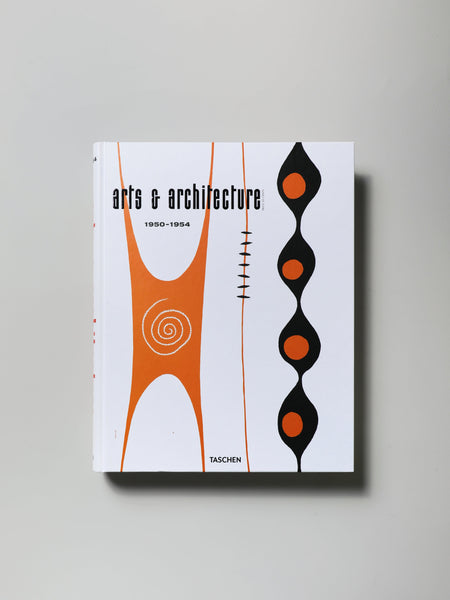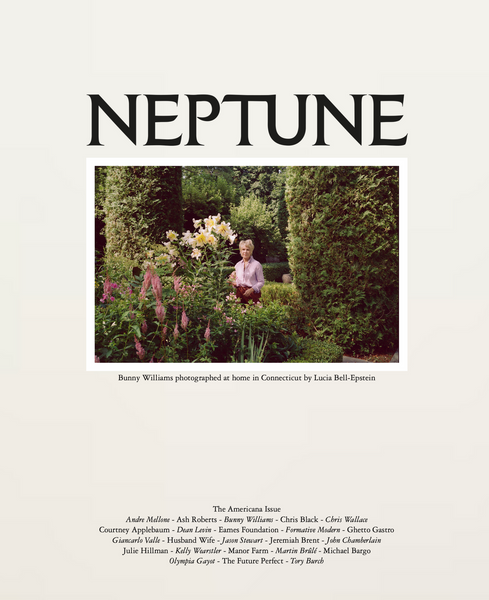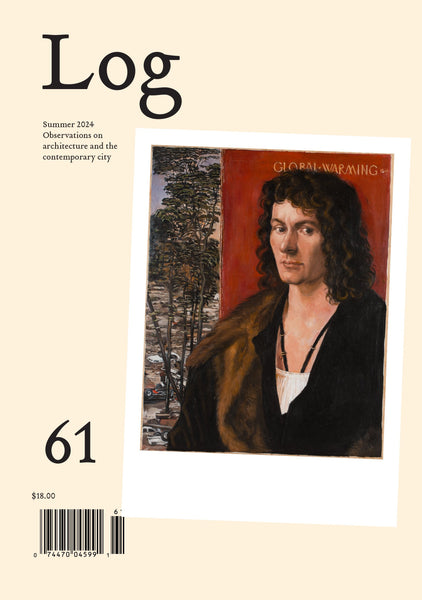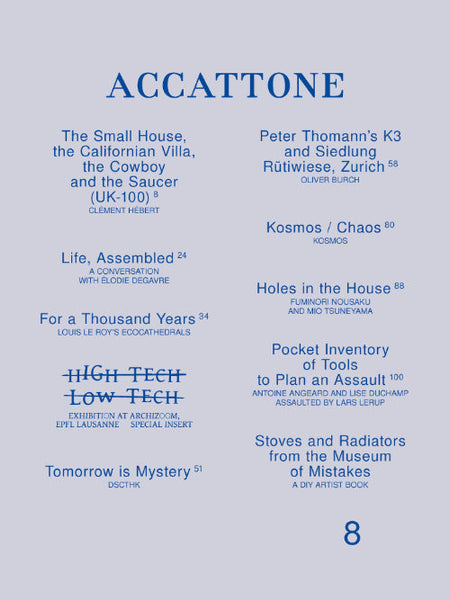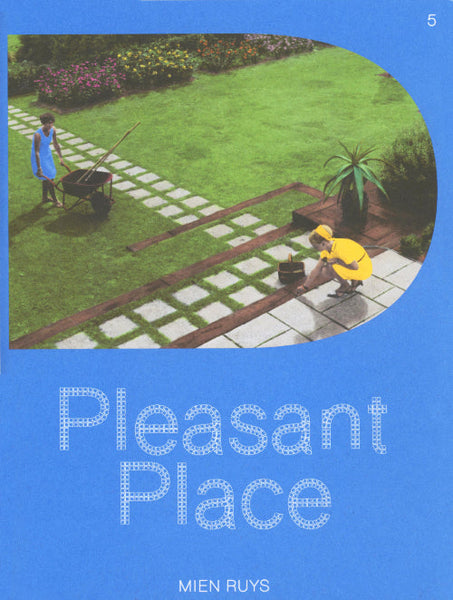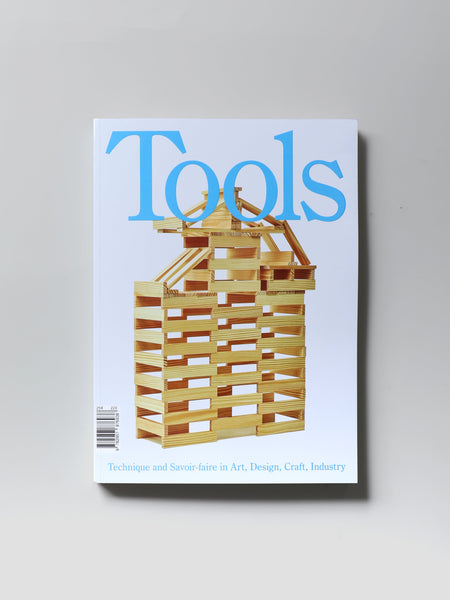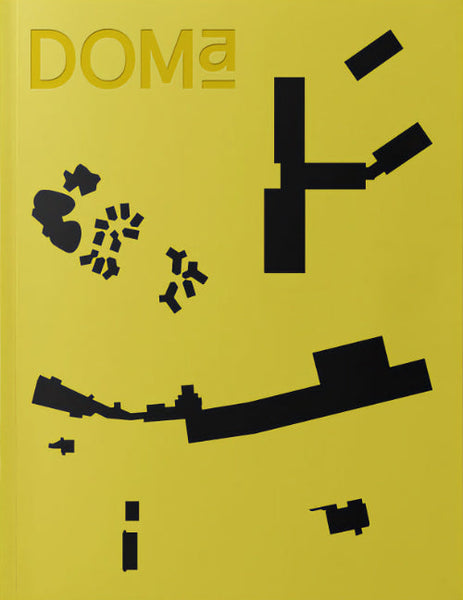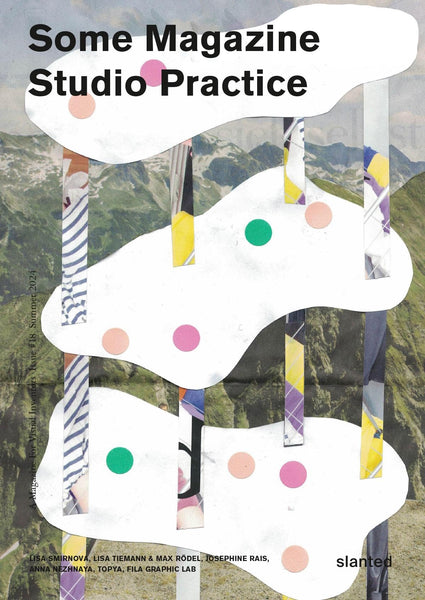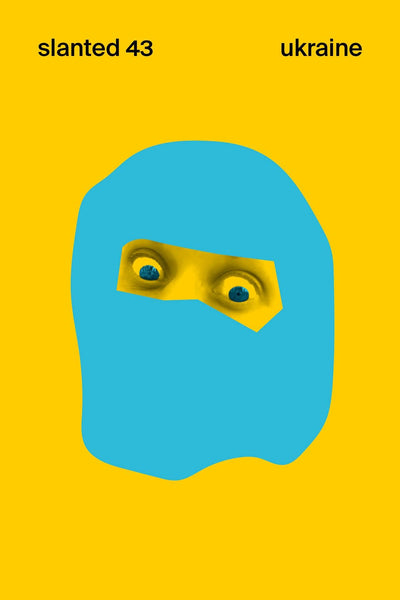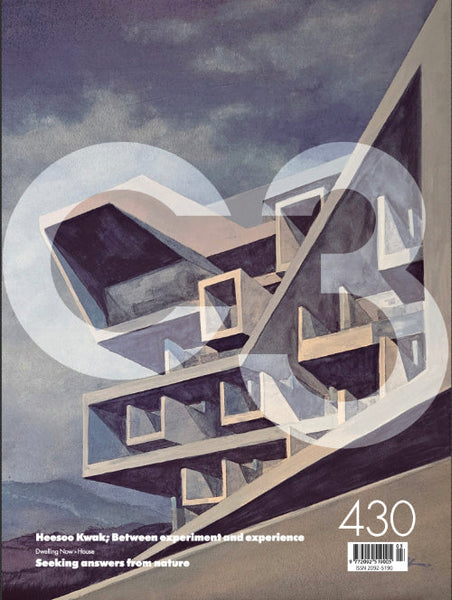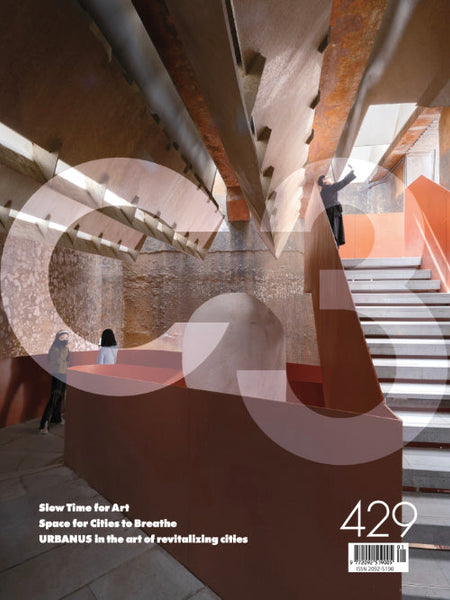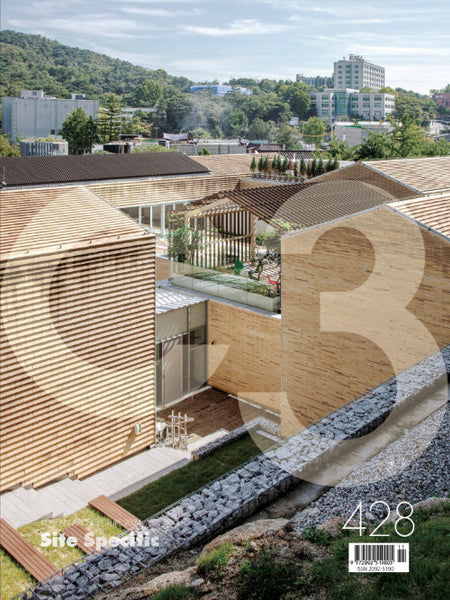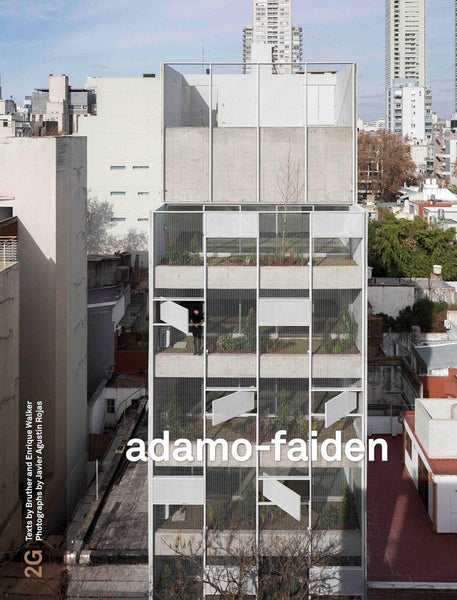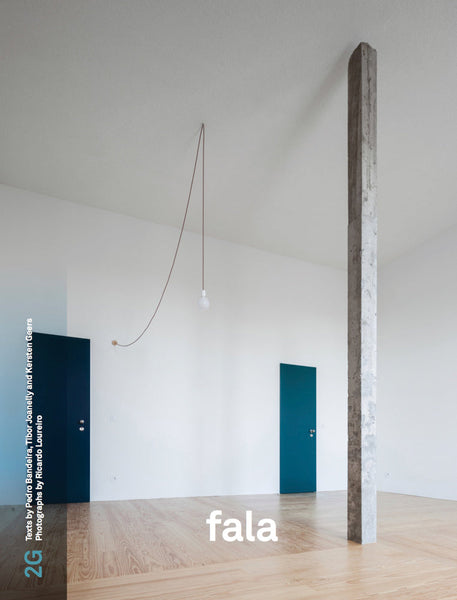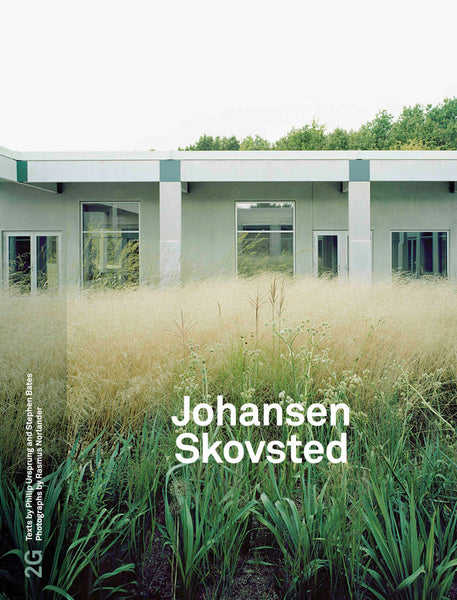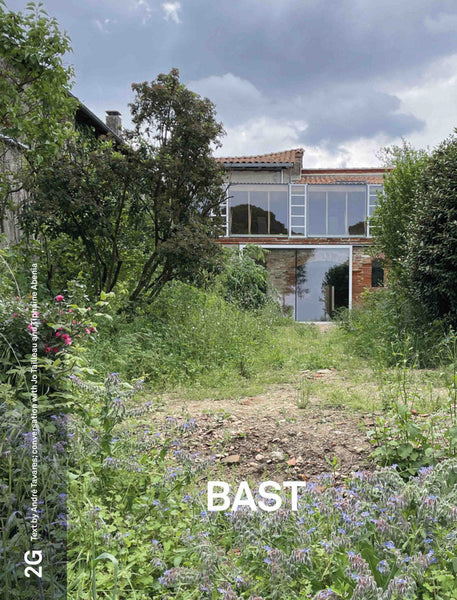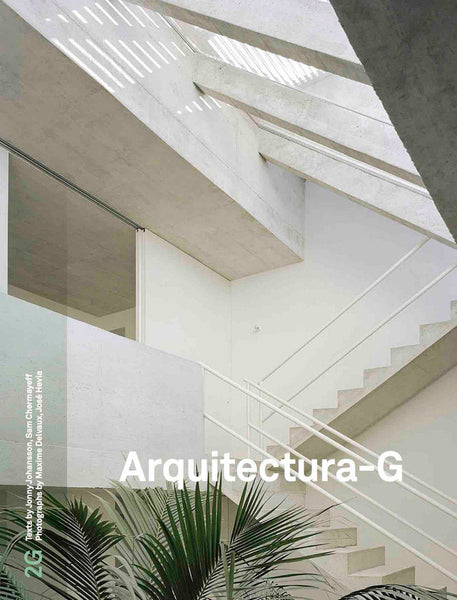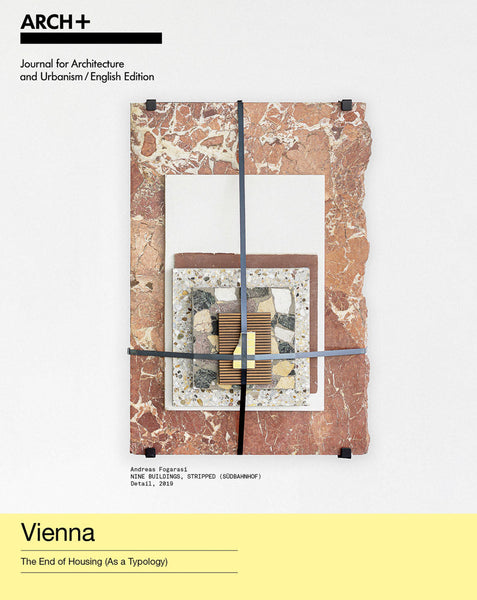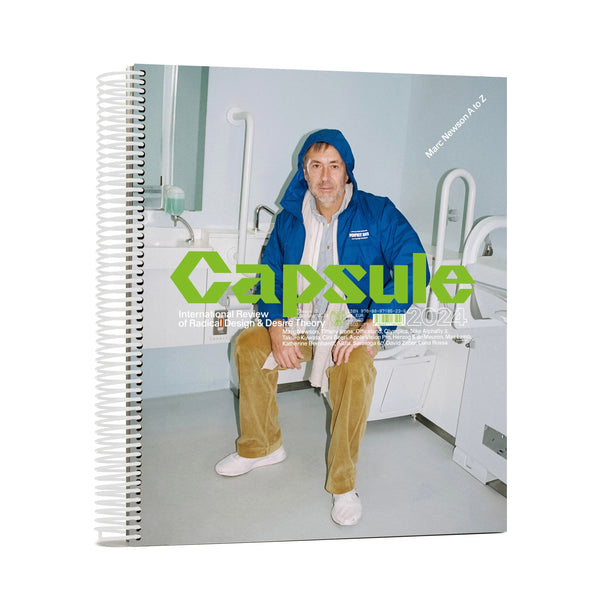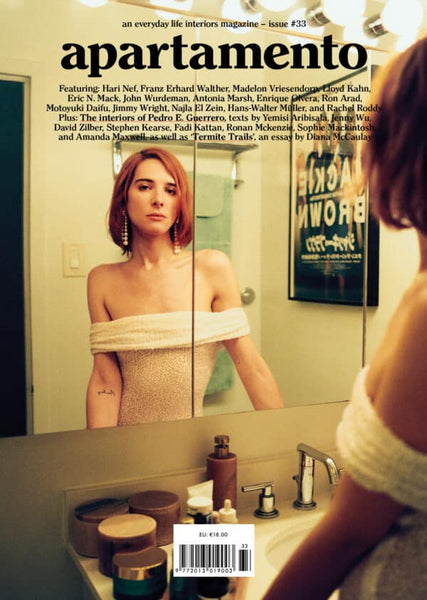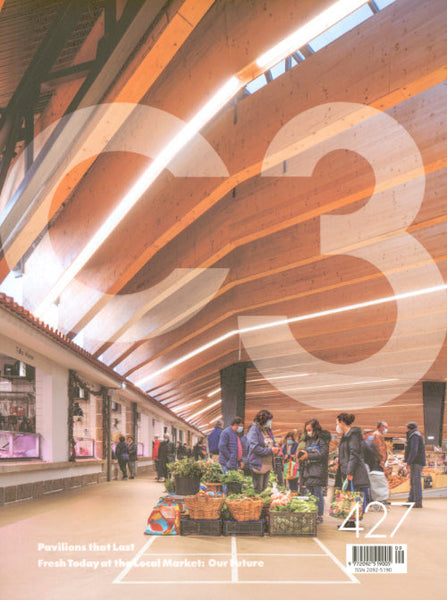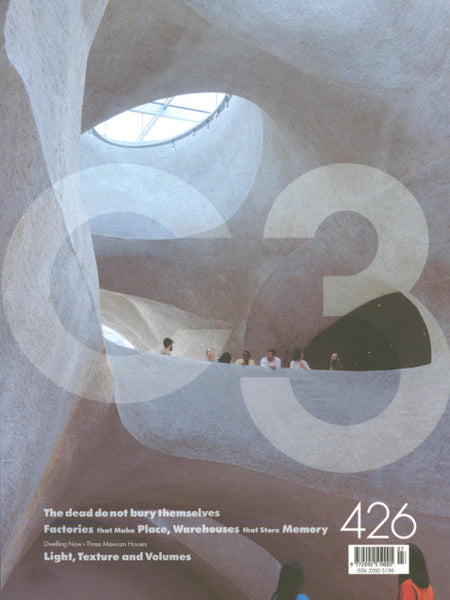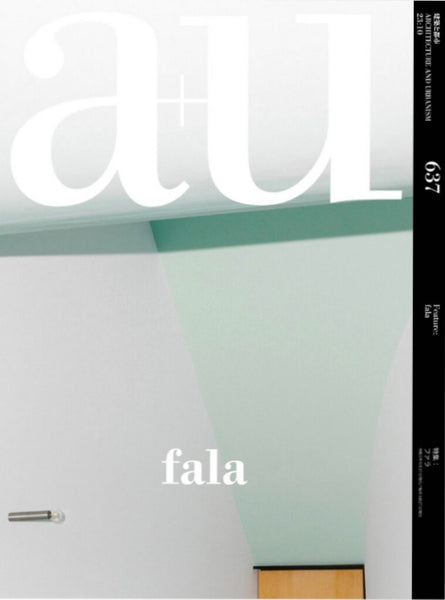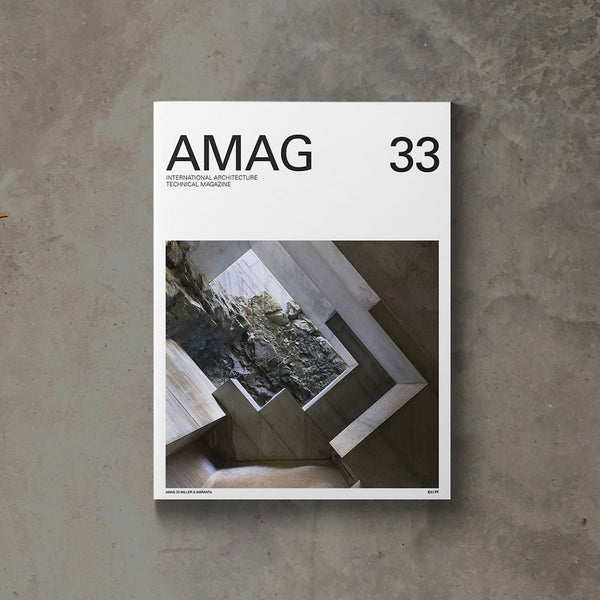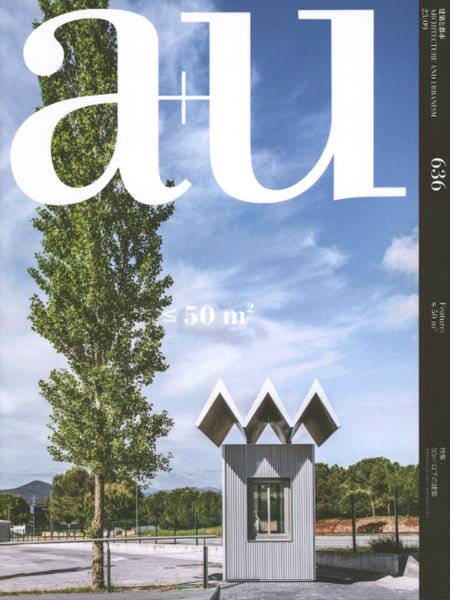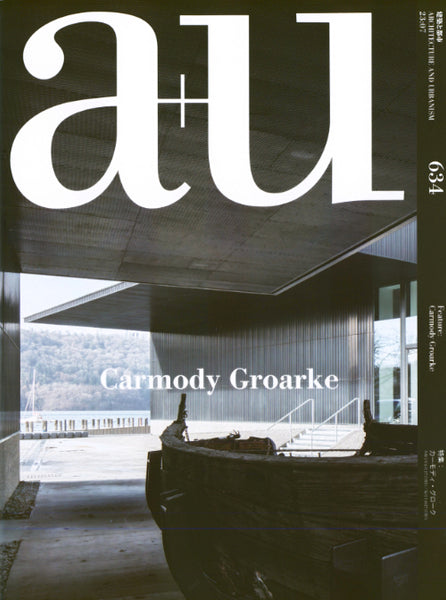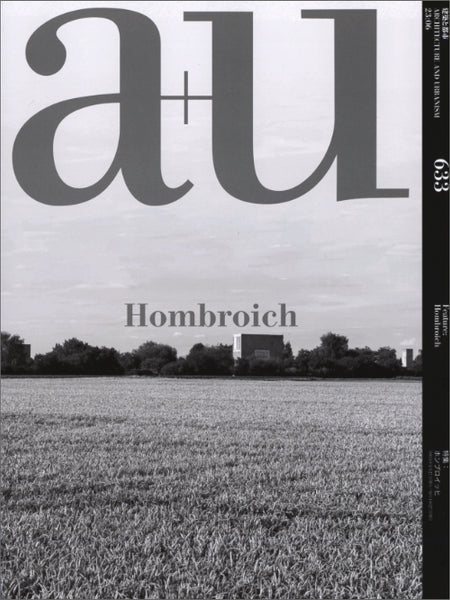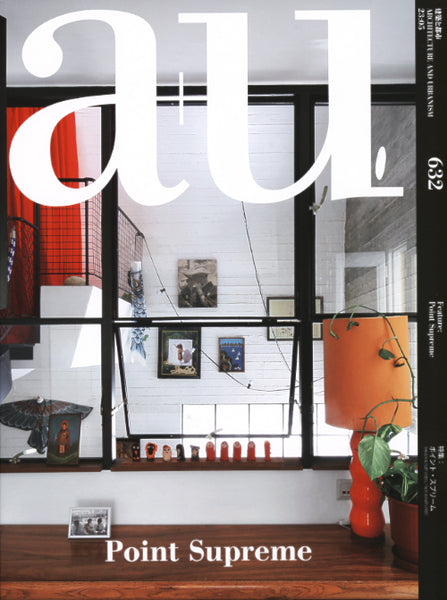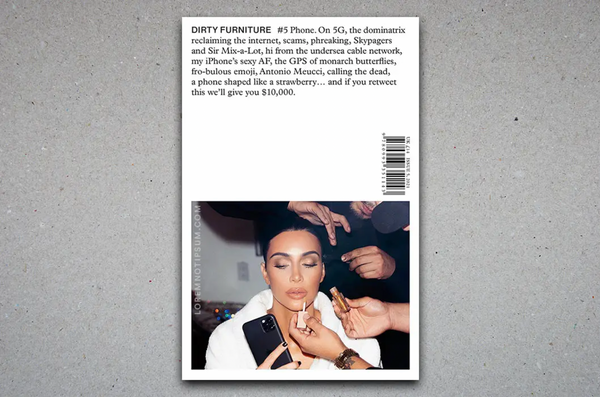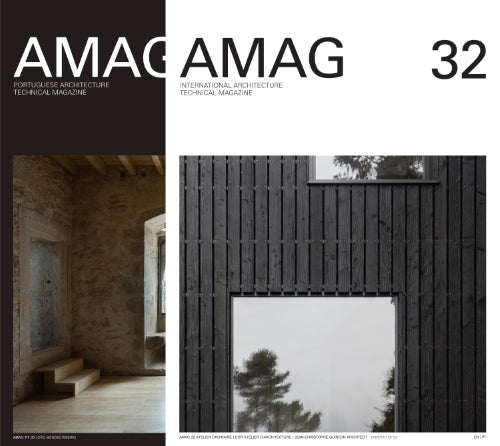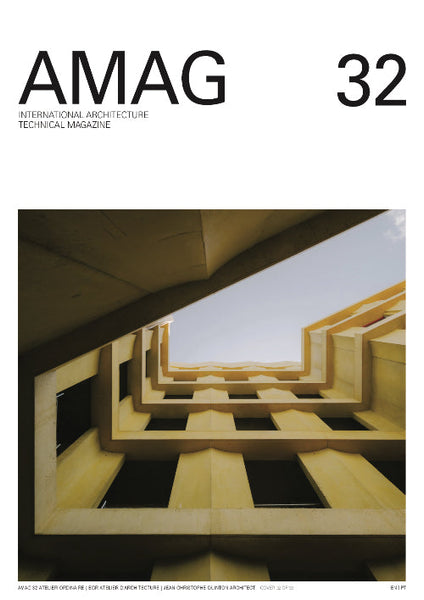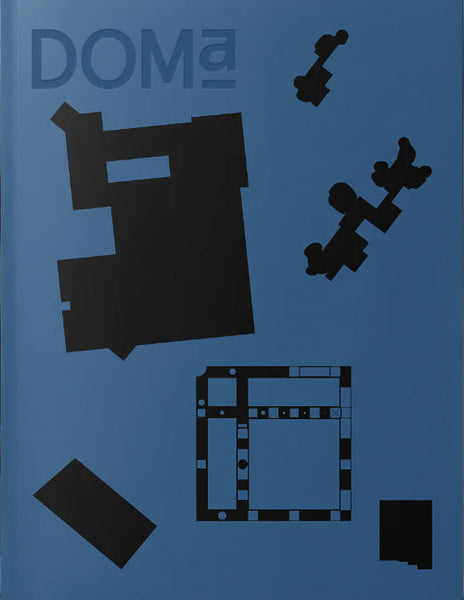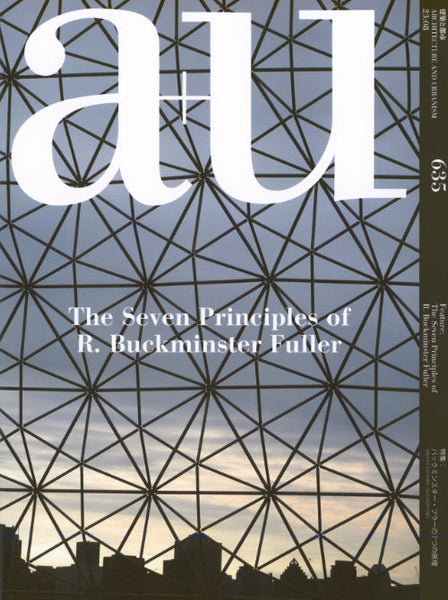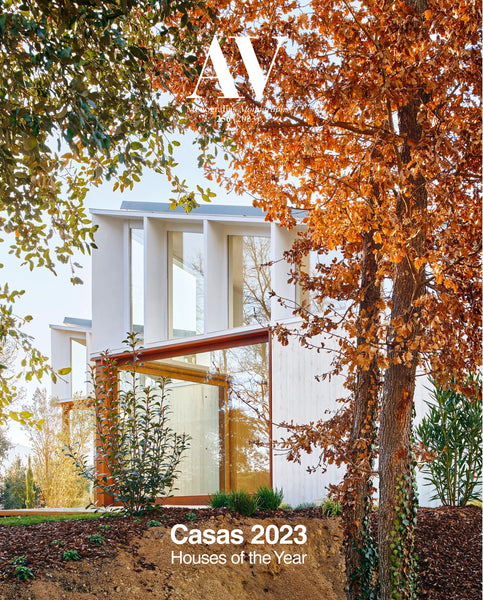Taming space is the essence of architecture. The house -domus- is the first goal of the architect and the laboratory par excellence, from the huts and the definition of a structural and geometric order, to the caves and the occupation of a container. Resolving the domestic program ceased to be a challenge for the architect, so any proposal to shape the habitat is aimed at its aesthetic and spatial definition.
Some of the extreme houses that we show in Arquine 86 go beyond modern housing, associating geometry and time in the conformation of space. Some domestic spaces start from pre-existences to let time sculpt and erode a found ruin -of Emmanuel Picault- and the project is an act of containment and editing; or, they occupy a temporary residential space -Davidson Rafailidis- incorporating layers inside and outside. Other houses start from the geometry as generator of the habitable form, subjecting a complex residential program to the rigor of a circumference, in the case of OFFICE, or to the intersection of a cone, a cylinder and a rectangle in the proposal of Pezo von Ellrichshausen . Another proposes habitable sculptural objects that guide the landscape, as ELEMENTAL in Chile; or build platforms that are spirally staggered within a prism - the Japanese Tato Architects; There are those who design a wandering pyramidal habitat -BIG- or who rescues the Corbusian essentiality of the Dom-inó house -Kalach in Zicatela- as a sufficient and domesticated structure.
In turn, Chris Ware's drawings, published in the Vitrina, refer to time rather than to space with the representation of the four stations, and some rehearsals result in eventually extreme explorations, with contemporary aspects of housing that incorporate flexibility and fragmentation: one essay goes deeper into the storage areas while another studies the case of collective kitchens and diffuse housing.
The contemporary domestic spaces that emerge in these pages prove that housing remains a fertile field of experimentation.
PB/ 116pp


